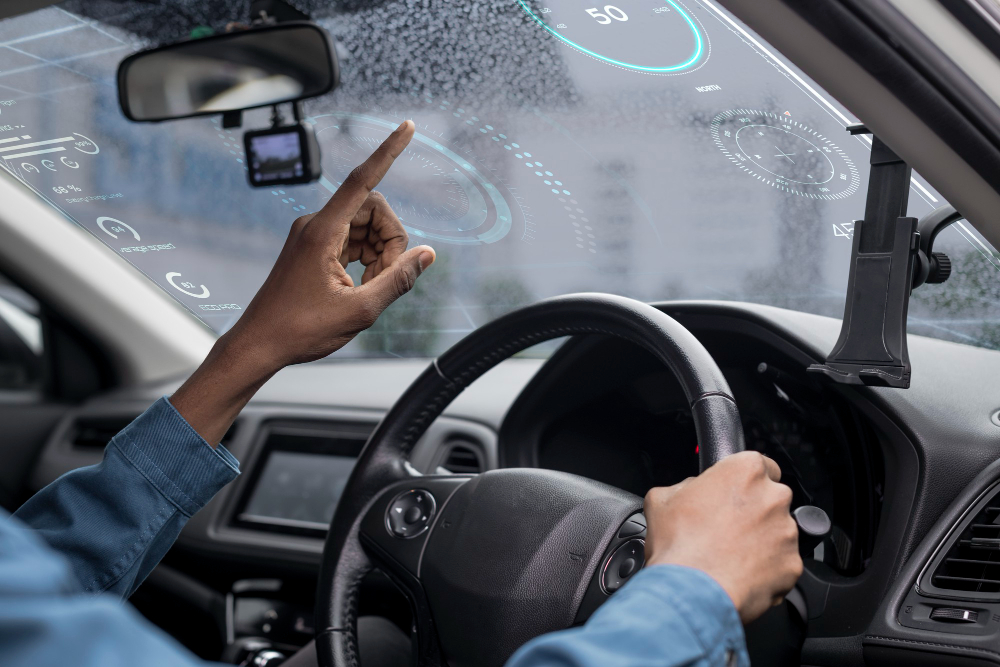Automatic License Plate Recognition System in Traffic Management

In the evolving landscape of urban transportation, city planners and authorities worldwide prioritize managing traffic efficiently and safely. Rapid urbanization and increasing vehicle numbers challenge existing infrastructure and demand smarter solutions. Among the advanced technologies rising to meet these demands, the Automatic License Plate Recognition system has emerged as a transformative tool in traffic management. By combining real-time data capture with intelligent analytics, ALPR systems significantly enhance how traffic monitors, controls, and optimizes, ultimately contributing to safer and more fluid urban mobility.
What is an Automatic License Plate Recognition System?
An Automatic License Plate Recognition system is a technology designed to capture and interpret the alphanumeric characters displayed on vehicle license plates automatically. It employs high-resolution cameras, optical character recognition (OCR) algorithms, and image processing techniques to detect, read, and convert license plate information into digital data. These systems can operate in diverse environmental conditions, capturing plates moving at various speeds, day or night, in complex traffic scenarios.
Unlike manual inspection or basic surveillance cameras, ALPR systems function autonomously and deliver instantaneous, accurate information. This capability allows traffic authorities to maintain continuous oversight of vehicle movement across urban areas without interruption.
Enhancing Traffic Flow and Reducing Congestion
One of the primary benefits of implementing an Automatic License Plate Recognition system in traffic management is the ability to monitor and analyze vehicle flow with great precision. By positioning ALPR cameras at strategic points such as highway entrances, toll booths, traffic signals, and congestion zones, authorities gain detailed visibility into the volume, speed, and patterns of vehicles traversing the city.
This data allows authorities to create dynamic traffic models that respond to real-time conditions. For example, when ALPR detects congestion forming on a major artery, the system automatically adjusts traffic signal timings to alleviate bottlenecks or divert traffic to alternative routes. This intelligent traffic management reduces commute times and lowers vehicle emissions caused by idling, contributing to a cleaner urban environment.
Furthermore, the system can identify vehicles that violate traffic regulations, such as driving in restricted lanes or exceeding speed limits, enabling timely enforcement. By automating these tasks, ALPR systems reduce the burden on traffic personnel and minimize human error, ensuring a smoother traffic experience for all road users.
Facilitating Efficient Toll Collection and Congestion Charging
Modern urban traffic systems often include toll roads, congestion pricing zones, or controlled-access areas aimed at managing demand and generating revenue for infrastructure development. Consequently, an Automatic License Plate Recognition system plays an instrumental role in enabling these schemes without disrupting traffic flow. Moreover, it ensures seamless vehicle identification, allowing for efficient enforcement and smooth movement across such zones.
With ALPR, the system automatically scans vehicles passing through toll gates or entering congestion zones. It then matches the license plate information against registered databases and levies the appropriate charges digitally. As a result, this contactless, frictionless process eliminates the need for physical toll booths staffed by personnel, thereby significantly reducing operational costs and wait times.
Moreover, ALPR-based congestion charging discourages unnecessary trips during peak hours, encouraging commuters to opt for public transport or carpooling, further easing traffic loads.
Improving Road Safety and Law Enforcement
Safety is an essential aspect of traffic management, and ALPR systems contribute significantly to this goal. By continuously monitoring vehicle movements, the system can detect and flag vehicles involved in violations or criminal activities.
For instance, if a vehicle’s license plate is linked to unpaid fines, stolen vehicle reports, or other alerts, the system generates instant notifications to law enforcement agencies. This rapid identification allows officers to intercept vehicles promptly, enhancing public safety.
Additionally, ALPR systems can be integrated with speed enforcement cameras to correlate vehicle speed with license plate data. This integration facilitates automated issuance of speeding tickets, promoting adherence to speed limits and reducing accidents caused by reckless driving.
Supporting Incident Management and Emergency Response
Traffic incidents, such as accidents or roadblocks, can cause significant delays and hazards. An Automatic License Plate Recognition system supports quicker incident detection and response by providing accurate vehicle tracking data.
When an accident occurs, ALPR systems can identify vehicles involved and monitor traffic conditions around the site. This information helps traffic control centers coordinate emergency services and manage rerouting plans effectively.
In emergencies requiring priority vehicle passage—such as ambulances or fire trucks—ALPR can detect these vehicles and adjust traffic signals to clear their path. This capability enhances response times and can be life-saving.
Enabling Data-Driven Urban Planning
Beyond immediate traffic control, ALPR systems generate vast amounts of data that serve as a valuable resource for long-term urban planning. By analyzing historical vehicle movement patterns, city planners can therefore gain insights into peak travel times, preferred routes, and the impact of infrastructure changes. Consequently, this data-driven approach enables more informed decision-making and strategic development for future transportation needs.
This intelligence informs decisions about where to build new roads, expand public transportation networks, or create pedestrian-friendly zones. It also allows for better anticipation of future traffic demands based on population growth or economic development.
Conclusion
The Automatic License Plate Recognition system has firmly established itself as a cornerstone of modern traffic management. By delivering real-time, accurate vehicle data, ALPR consequently enables cities to optimize traffic flow, enforce regulations, enhance safety, and support sustainable urban development. Ultimately, this technology plays a crucial role in creating smarter, safer, and more efficient urban environments.
Its seamless integration with smart city technologies ensures that traffic management moves from reactive to proactive, thereby allowing urban environments to adapt dynamically to ever-changing transportation needs. Furthermore, as cities grow smarter, ALPR systems will remain at the forefront, driving innovation and continuously improving the daily lives of millions of commuters worldwide.





Leave a Comment